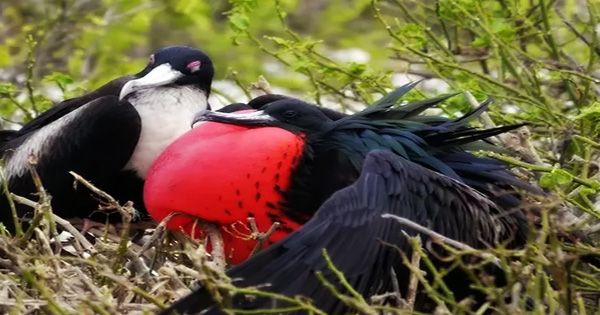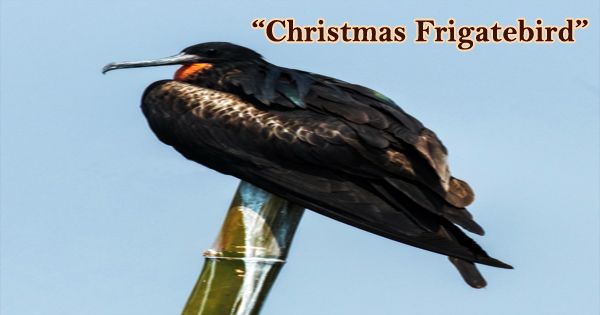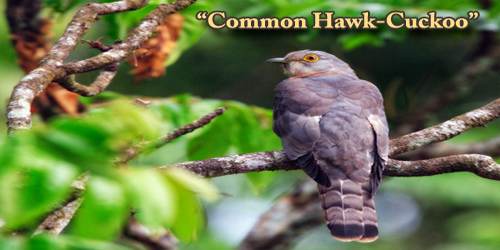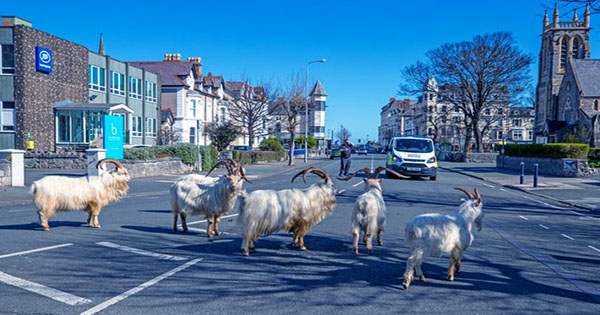The most uncommon endemic seabird on Christmas Island, Australia, is the Christmas frigatebird (Fregata andrewsi), or Christmas Island frigatebird. It is a seabird of the Fregatidae family of frigatebirds, an endemic breeder on the Indian Ocean’s Christmas Island. For more than a week at a time, this bird has the potential to remain airborne, enabling them to have a wide range of foraging. A significant proportion of time is spent at sea, plucking squid and fish from the water’s surface. They often use a feeding strategy called kleptoparasitism, where they snatch food from other birds by causing them to regurgitate. With brownish-black plumage, long narrow wings, and a deeply forked tail, the Christmas frigatebird is a large, lightly built seabird. It has a wingspan of approximately 7.1 feet (2.15 m). The male has a bright red throat pouch (called a gular) during the mating season that he blows up like a balloon to attract females. These frigatebirds migrate large feeding distances and are notorious for stealing other seabirds’ catches. In Indonesia, they can be seen, but Christmas Island is the world’s only place where they breed, constructing nests in the canopy of the trees. The female has a white breast and belly and is slightly larger than the male. They feed on fish (mostly flying fish) taken from the surface of the ocean in flight and often engage in kleptoparasitism, harassing other birds in order to compel them to regurgitate their food.

(Christmas Frigatebird)
Hunting, trapping in fishing gear, loss of habitat for phosphate mining, and ecological fallout from phosphate dust are also affecting these species. The Christmas frigatebird measures 89-100 cm (35-39 in) in length, has a 205-230 cm (81-91 in) wingspan, and weighs approximately 1,550 g (3.42 lb). The frigatebird breeding season extends from January to September. There is a single egg produced by each pair. This species spends much of its time in the humid, low-salinity waters of the Indian Ocean, foraging out in the open ocean. Their diet includes flying fish, squid, and other marine animals, including chicks and seabird eggs. By surface dipping, it feeds, relying heavily on aquatic predators to push its prey to the surface. The frigatebird of Christmas is native to Christmas Island and only breeds in four major breeding colonies. Tall woodland onshore terraces are the ideal breeding habitat. They form colonies that are split into groups of up to 20 nests, mainly due to the restricted nesting spots in a given tree. The Christmas frigatebird is native to Christmas Island and breeds in only four major breeding colonies. The perfect breeding environment is a tall forest on shore terraces. They form colonies that, mainly due to the limited nesting spots in a given tree, are divided into groups of up to 20 nests.
















